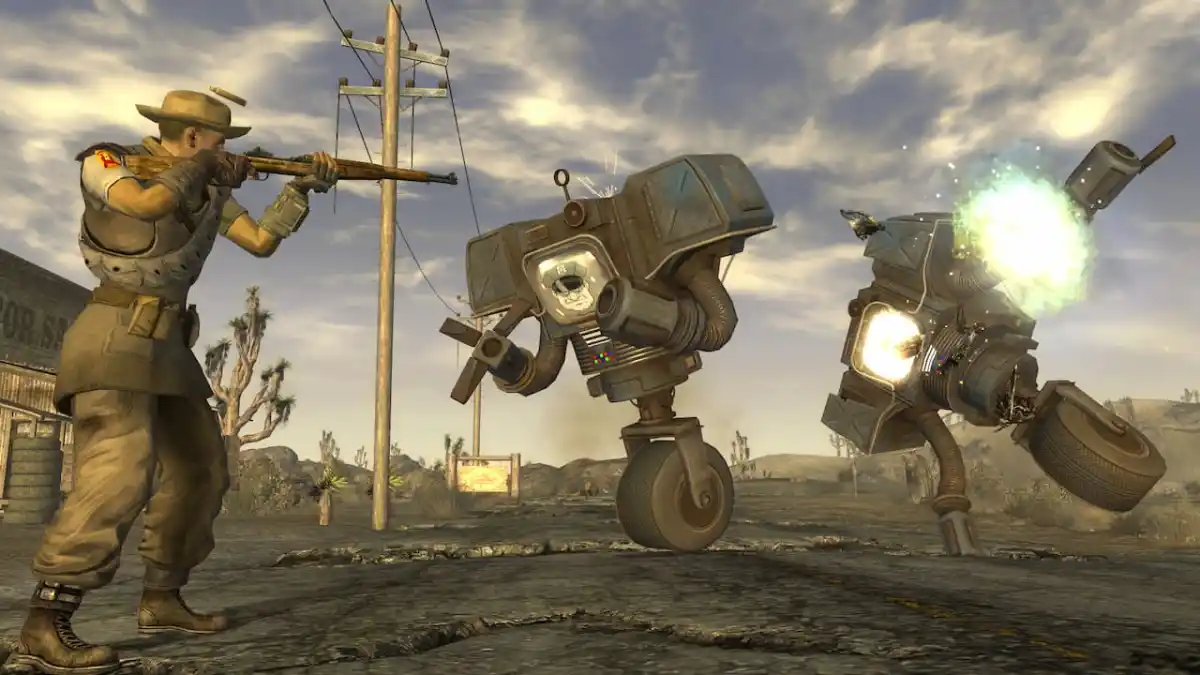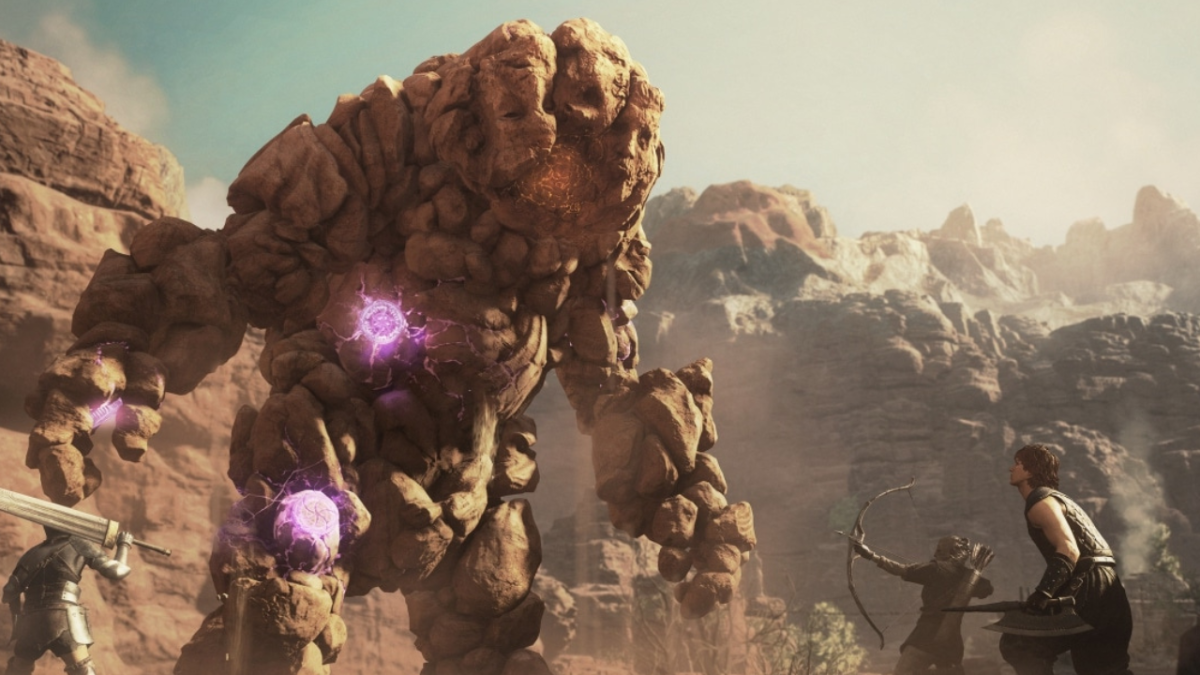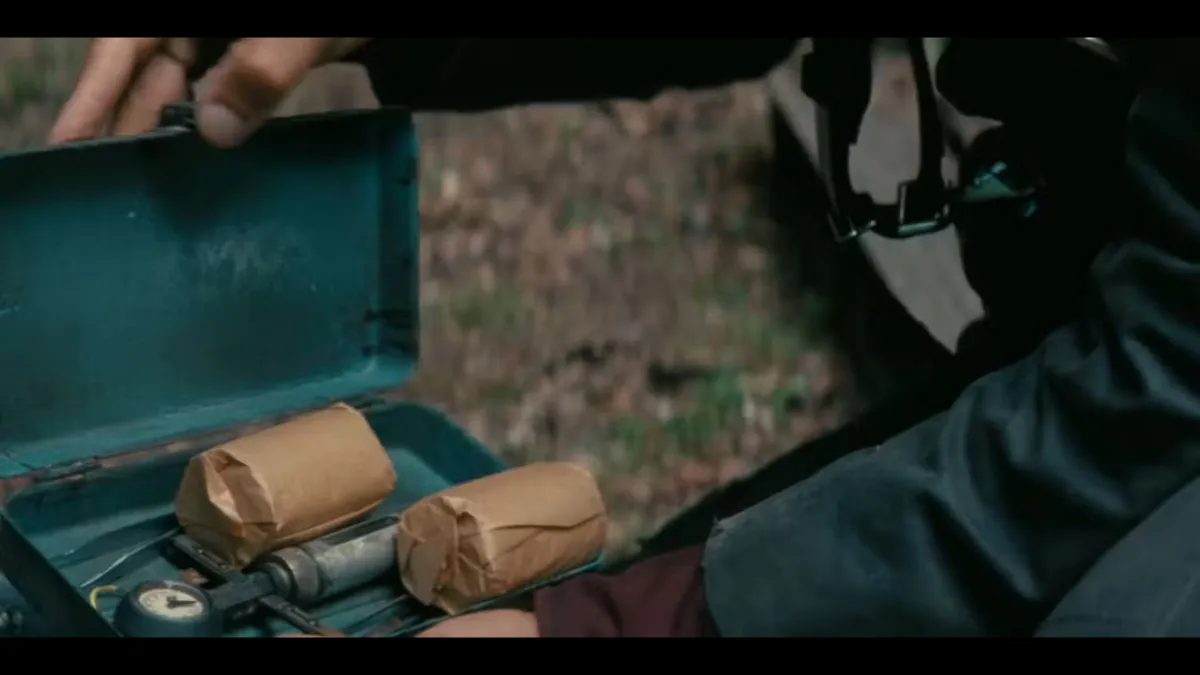As regular readers will know, we have an “actually finish the game before you review it, idiot” policy at IncGamers. I’m pretty sure Pillars of Eternity is in the 60-70 hour range, so this is not a full review. There will be no number on the end.
But I still want to write down some thoughts about the game, and why it has managed to consistently impress me over the course of the first 20 hours or so. In terms of Pillars of Eternity progression, that’s all of Act 1 and an unknown portion of Act 2.
Also worth a note: I am original Kickstarter backer of the game (at $20, I think.) People tend to like to know these things, so I’m putting that out there.
Don’t (Just) Call It a Nostalgia Trip
Obsidian’s stated goal with their 2012 Kickstarter was to delve into their Black Isle roots and emerge with a new RPG fashioned after the classic Infinity Engine games like Planescape: Torment. They have succeeded. What Divinity: Original Sin did to remind players of the freedom offered by Ultima games, Pillars of Eternity does for the Infinity Engine catalogue.
There is obviously some appeal to nostalgia here; the Infinity Engine games are much-beloved, and revered by players who prefer greater systemic depth and far less hand-holding in their RPGs. But Pillars of Eternity doesn’t just succeed on the basis of wistful longings for some mythical gaming golden age. It’s a statement that isometric, party-based RPGs with tabletop-inspired rules belong in the contemporary era.
Irrespective of whether you have fond memories for Icewind Dale, Pillars of Eternity is a title that combines mechanical depth with rich storytelling. The audience which responds to those things didn’t go anywhere. At the time of writing, Pillars of Eternity is the second highest seller on Steam. It will almost certainly reach the top.
Systems Shock
Pillars of Eternity doesn’t use a pre-existing tabletop system for character stats and combat encounters. Obsidian invented one. From various interviews and employer comments, it’s clear that the company hold regular, in-house tabletop sessions of varying denominations. All that research/recreational fucking about has paid major dividends when designing an original system.
I’d be lying if I said I understood every aspect inside and out (I’ll leave that to the players who find most joy pushing min-maxing to the limits,) but it’s approachable enough that the basics can be picked up without too much trouble. Using the six base stats to create a straightforward meat-shield fighter is no bother at all. But there’s also great flexibility there.
That doesn’t mean picking stats to boost at random and hoping for the best. It does mean you can think “Would a high Perception/Dexterity fighter build work? Would they be interrupting enough enemy attacks, quickly enough to make up for deficiencies elsewhere?” without it being ridiculous and out of the question. Wizards don’t just have to be pure Intellect machines.
The systems are familiar enough for RPG players (tabletop fans in particular) to embrace them, but sufficiently different that it’s not just D&D wearing a slightly different coat and glasses.
This extends to the character classes, which took me ages to decide upon because the ‘classic’ types now have more viability in left-field roles, and the newer ones are all rather interesting. I ended up as a Druid lady who can turn into a bear and still cast spells. But I could’ve been a skeleton-summoning Chanter, who have their own song-sheet style spell interface, or a front-line Monk (who can hand out more pain the more ‘wounds’ they’ve gathered up in combat.)
Lore and Behold
Pillars of Eternity is full of words. There are words everywhere. Growing on dialogue trees. Sprouting from the pages of incidental books, letters and parchments. In quests. During chats with companions. On your inventory page.
By a stroke of great fortune, Obsidian are a company skilled with words. They’ll put together a campy spy thriller with twenty million branching paths (Alpha Protocol) or a wasteland tale of restaurant cannibalism with scores of different outcomes (“Beyond the Beef” in Fallout: New Vegas) with exactly the same panache.
Pillars of Eternity takes place in a fantasy realm with the thematic overtones of 16th Century(ish) colonialism. Old prejudices, cultural differences, and uneasy political settlements run throughout the game’s opening hours (and, I suspect, will continue.) Think guys dressed up as Landsknect fighting forest trolls and lions, while indigenous elves look on and shake their heads in sadness.
Every location in the game has reams of appropriate in-game text. Buried temples have incantations, verses and letters. City libraries are full of historical tomes detailed past wars, allowing you to (if desired) flesh out what you’ve learned through conversation with NPCs.
There’s also a persistent clash between spiritual purists (in a world where souls and reincarnation are observable truths,) and scientific pioneers in soul studies (called animancers.) So toss in a Children of Men-type scourge of ‘hollow children’ for good measure.
Quest design has so far ranged from quick, no-frills errands in return for vendor discounts, to much more intricate and lengthy affairs. One of the more significant side tasks in Act 1 intertwines the ‘hollow child’ scourge with feudal politics, the potential pitfalls of replacing a tyrant, and amoral (yet possibly vital) scientific soul-dabbling. Befitting of such a complex mission, Pillars of Eternity presents multiple ways to approach and resolve the whole affair.
Fighting For Position
The real-time-with-pause-toggle combat is primarily about positioning, and taking advantage of the skills, spells and abilities at your disposal to overcome the resistances of your foes. I’ve been playing on Normal difficulty, which is so far proving to be a reasonable balance of challenge versus watching all the fools get set on fire by my sorcerers.
Line of sight, distance-limited attacks and the possibility of friendly fire with some spells means that maneuvering your characters into a space where their deadly cone of magic horror falls only on enemies (and as many enemies as possible,) is an art in itself. Your spellcasters will only be able to unleash their crowd controlling abilities if the melee fighters are doing their job as ‘blockers’ and keeping opponents engaged in combat.
Naturally, some trickier enemies are able to disengage and teleport around, keeping you on your toes and forcing some adaptation. One of the most positive things I can say about the Pillars of Eternity combat system is that at no point have I been sleep-walking through fights with a pre-prepared system of buffs and tactics. Strategising and keeping an eye on your party’s endurance levels goes a long way, but so does adapting and reacting to circumstances.
An interesting quirk of this game’s design is that fighting doesn’t actually give you all that much in the way of experience points. There’s a cap once you’ve learned everything you can about a particular enemy type, so it can be advantageous at times to simply avoid encounters (though you won’t be able to sneak through the whole game.)
Nice Looking RPG You’ve Got There
Obsidian have mentioned in interviews that the layered 2D backgrounds in Pillars of Eternity are inspired by the Hudson River school of art. That means realist, semi-idealised landscapes. Things are stylised to a degree, of course, but there’s a welcome restraint throughout all of the game’s presentation.
Nobody is walking around with goofy, over-sized shoulder pads. Some of the clothing looks outlandish because it’s from the 16th Century line of fashion, but in general all of the armour looks wearable, pretty believable and, well, realist.
Voiced lines are also kept pretty minimal, as was the style of those older Infinity titles. Critical NPCs may get a full set of vocal dialogue, and your recruitable companions get a fair few as well. Lesser NPCs just get a greeting line, and the majority of dialogue throughout is silent text. The acting itself is generally strong enough to sell the scene, although as a poncy British person there’s always slight disassociation when hearing European-styled feudal lords with American accents.
The occasional text-quest interludes (which tend to crop up when you have a bit of an in-dungeon puzzle to solve, or part of the level to investigate) are bold line-drawings on parchment, with Lindisfarne Gospel-like lettering beginning each new paragraph. They look terrific, and the same style is carried over to the in-game bestiary collecting all of your creature encounters.
Thanks For Recognising I Have a Brain
I know moaning about flashing quest beacons is almost a boring cliché at this point, but they truly are awful most of the time. If you have well-written dialogue clues, there’s absolutely no need. Pillars of Eternity demonstrates this very nicely.
When somebody suggests that the item or person they’re interested in is located towards the South, that means travelling South from where the quest is given and then looking for the person or thing of interest on that new map. Pretty straightforward stuff. And twenty billion times more satisfying when you just do that yourself instead of following a shimmering quest trail.
Sometimes to solve a puzzle you may even have to re-read some prior text you found and apply some logical deductions. Heavens!
I’m being a dick about this, but it really is refreshing. There’s a point very early on where you can lob your weapon to save somebody. Come the next map, you no longer have that weapon. Fantastic.
The overall level of quest guidance seems to be well judged, and there’s plenty of help for people new to this sort of RPG. Obsidian has included dozens of customisation toggles for tweaking difficulty levels, when it’s possible to access the general item stash, whether stat-check dialogue options should be labelled as such, and all manner of in-combat options.
Basically, you can make Pillars of Eternity absurdly difficult if you wish. Or you can switch on as much user interface help as possible and pick up the game’s systems through tooltips and an extensive in-title glossary of terms.
Enough Gushing, What About Terrible Flaws
There aren’t any terrible flaws that I’ve come across so far. Just a few minor complaints. The aforementioned tooltips and skill descriptions can be a little bit vague at times, which isn’t helpful when you’re trying to figure out how a new ability might work on your character.
I’ve read about, but not personally experienced, quests that don’t quite wrap up properly until you reload and try again; which obviously would not be ideal for an Iron Man type run (unless it’s possible to keep manual, emergency save back-ups.) My own bug encounters only extend to little animation glitches like a Druid not turning into a bear properly when asked (and instead just sort of flickering on the screen.) That was rare, though.
When moving around the place, characters don’t always stick to their defined formation all that well. And sometimes a dialogue interrupt that triggers an attack will leave your (potentially fragile) main character dangerously near the front of the group.
Performance on my i3-2100/8GB/2GB 7870 system seemed a touch underwhelming too. Drops to 30-40fps in battle don’t matter hugely in this type of game, but are worthy of note. I’m under the recommended CPU mind you, so that’s probably the issue there. Some graphics options beyond “resolution” would be helpful though.
I’ve not even mentioned the gigantic, multi-district city (remember Sigil?) you arrive in after Act 1. That was remiss of me. I was probably distracted by the immense number of side-quests and tasks I managed to gather up by just wandering around one of the five areas.
Twenty hours in, I’m thoroughly satisfied with Pillars of Eternity. Obsidian’s strengths in system and quest design are at the forefront, supported all the way by their other great company trait: fine writers. There is a slightly-above-zero chance that the game starts to dramatically fall apart after the first third, but assuming that’s not the case this has all the signs of being 2015’s Divinity: Original Sin: a huge, trad-RPG success story.
Other Pillars things on IncGamers:
An interview with Obsidian’s Josh Sawyer.
A Beginner’s Guide for those less familiar with Infinity Engine games.











